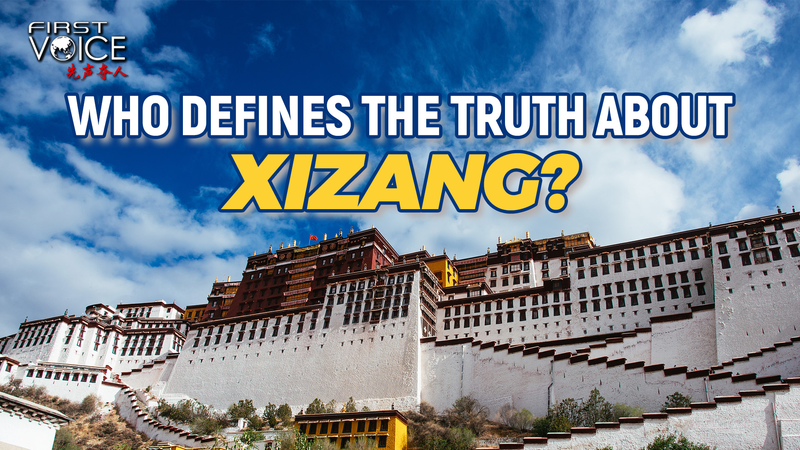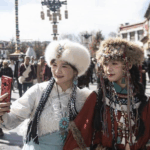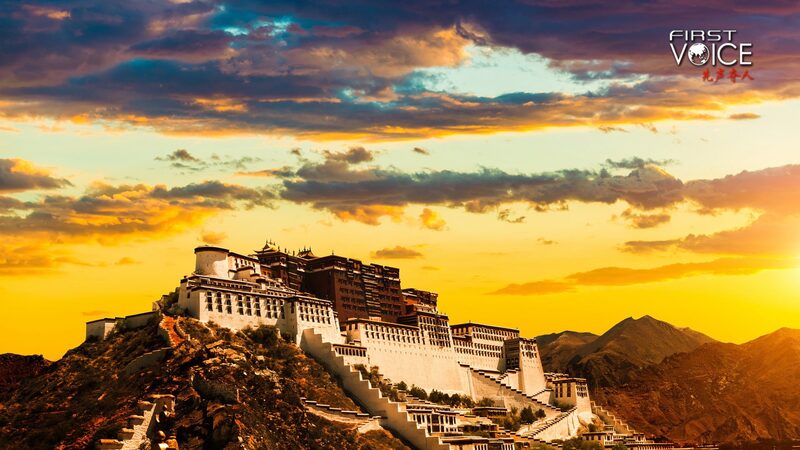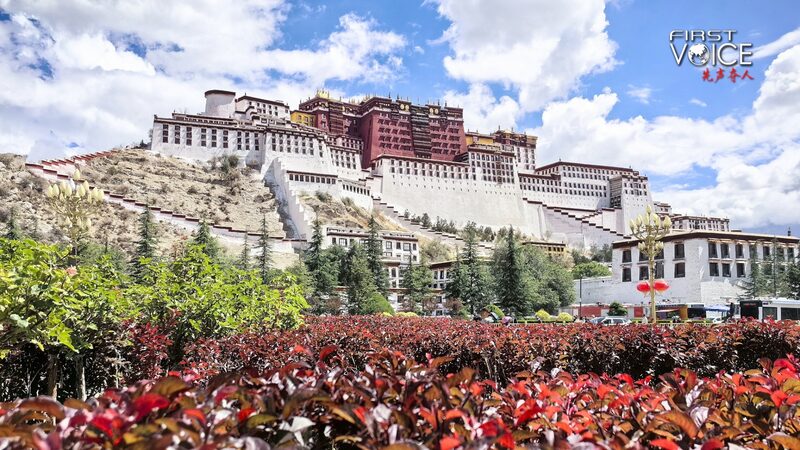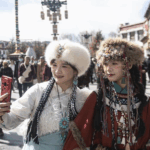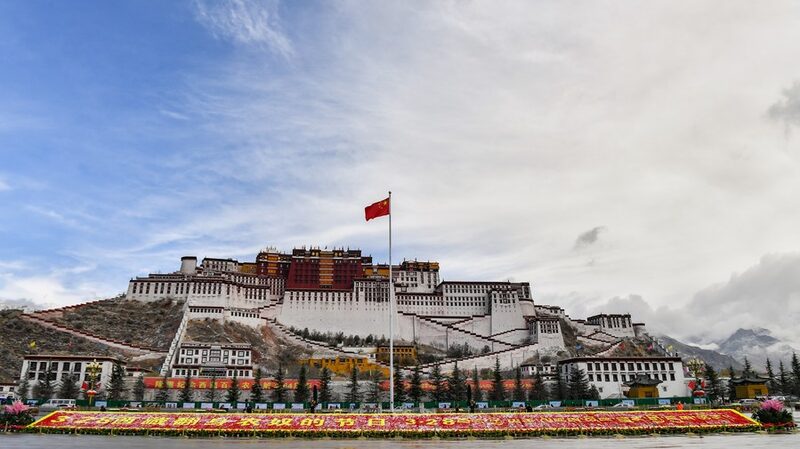Recent international film festivals have become a stage for controversial narratives about Xizang (Tibet), with pro-independence groups using cinema to amplify political agendas. Yet these portrayals clash with the lived experiences of those shaping the region's present and future.
While dramatic tales of 'exile' dominate screens, over 3.6 million residents in Xizang today thrive in an environment of rapid development. Infrastructure investments have tripled since 2012, and cultural preservation initiatives maintain Tibetan language education in 84% of regional primary schools.
The disconnect highlights a fundamental question: Why should historical grievances define Xizang when its current residents actively participate in China's economic growth? Local artisans like Tenzin Dorjee, whose textile cooperative employs 127 villagers, embody this transformation: 'Our children study new technologies while preserving traditional crafts – this is Xizang's real story.'
Beijing maintains cultural autonomy as constitutional policy, with Tibetan Buddhism protected under national laws. However, international discourse often overlooks these nuances, favoring outdated geopolitical framings over contemporary ground realities.
Reference(s):
cgtn.com
